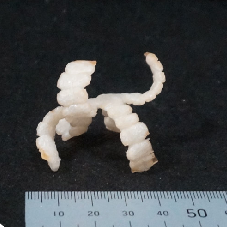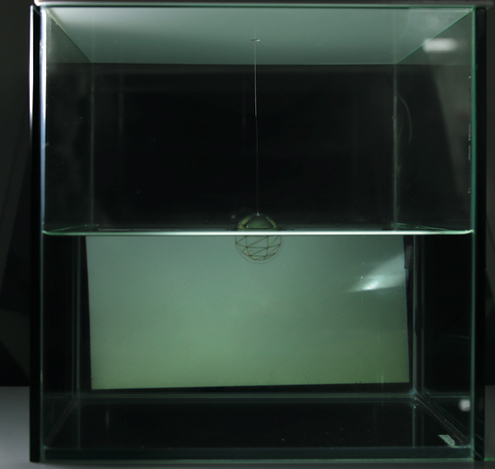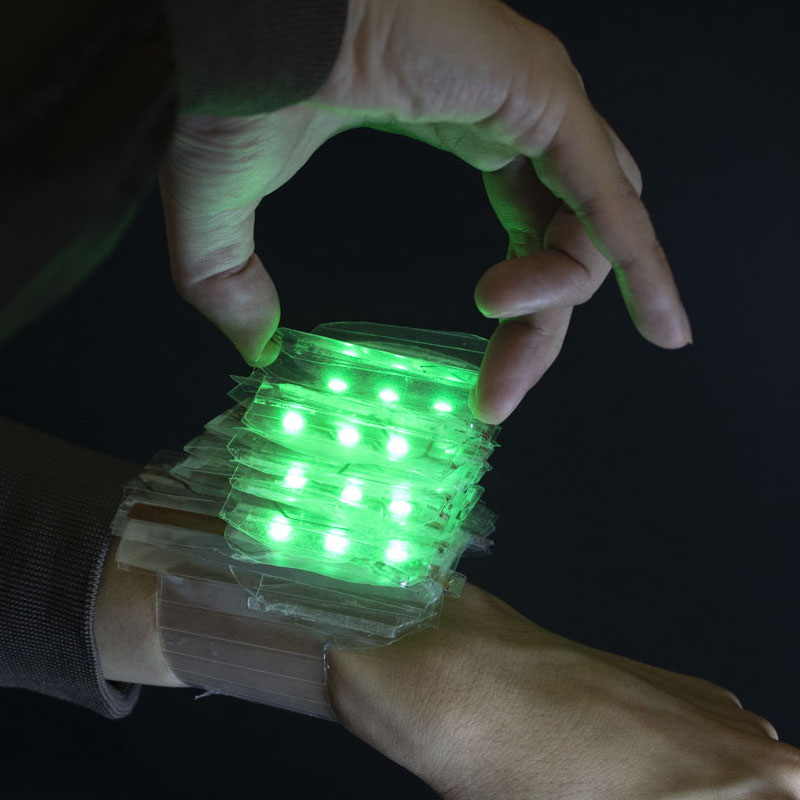Pre-eating Play: Fabrication Experiences for Playful Human–Food Interaction Michinari Kono, Norio Sasaki, Osamu Kabashima, Junichi Yamaoka
Recent progress ofhuman–food interaction (HFI) has led to a growing interest in the merger of digital technologies for playful experiences in eating. Although these interactive technologies have been primarily integrated with eating experiences, we find that progress has also been made in digital food fabrication process in the human–computer interaction (HCI) field. Food fabrication techniques are used to expand the design space of food preparation, and it is accomplished before the eating stage. Many products have introduced playful experiences to this preparation stage. However, we have not yet explored food fabrication techniques in the context of play in depth. This paper discusses the food preparation stage and how it can be designed to be playful by introducing several product cases. Using this knowledge, we further discuss how such methods can be applied to previous digital food fabrication techniques with our own example ofa playful food fabrication approach. We aim to enable various stages of human–food interaction to be more playful by understanding food as a toy-like object that can be independent from or related to the eating stage.
Michinari Kono, Osamu Kabashima, Norio Sasaki, and Junichi Yamaoka. 2020. Pre-Eating Play: Fabrication Experiences for Playful Human-Food Interaction. In Proceedings of the Annual Symposium on Computer-Human Interaction in Play (CHI PLAY ’20). Association for Computing Machinery, New York, NY, USA, 160–168. DOI:https://doi.org/10.1145/3410404.3414228





